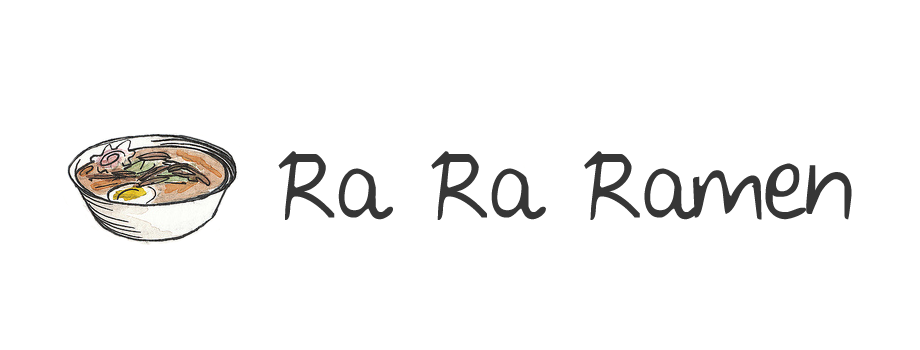Plain Ramen $11.50
Komachi's speciality is the famous ramen challenge. They challenge you the cost of your meal and a $100 meal voucher if you can consume 1 Kilo of noodles and 2 1/2 litres of broth in 60 minutes. Think you are up for it? The challenge has been going since 2003 with 23 people posted on the wall of fame. But how does Komachi's ramen stack up?
Compared to more Ramen specific places the flavour profile of the original ramen lacks a little depth. It is a miso meat based broth But this isn't a ramen specific restaurant and also has sushi, The miso ramen has spring onions, pork, chinese cabbage, nori, and sesame seeds as extras. The chili leek ramen has a better flavour, with diced pieces of pork, shredded leek, chinese cabbage, nori, and a chili sauce. The noodles in both soups were crinkly with a good texture.
Chilli and Leek Ramen $14.00
The portion size is quite generous and the prices are quite standard. However it is not really a ramen restaurant so does not have a big selection of ramen to choose from, there are about 7 types. Komachi has a nice quiet atmosphere even on a Friday. Indoors looks a little like a 90's restaurant so it doesn't get many points for style. There is also an upstairs area and outdoor seating. The ladies are friendly and the service is quick.
If you decide to challenge yourself to eat almost 6 serves of the regular size ramen make sure to book ahead. You'll need to give them at least a days notice and Fridays are off limits. Komachi gets extra points for the ramen challenge, but overall the ramen is very standard, pretty tasty but nothing special.
Food: 2.5
Place: 3
Overall: 2.5
Shop 1, 426 Cleveland Street, Surry Hills, Sydney
Tel: +61 (02) 9319 6554
http://www.komachi.com.au/
Open Sunday, Monday, Wednesday, Thursday 11am-10pm
Friday and Saturday 11am-11pm
Closed on Tuesdays

.JPG)
.JPG)
